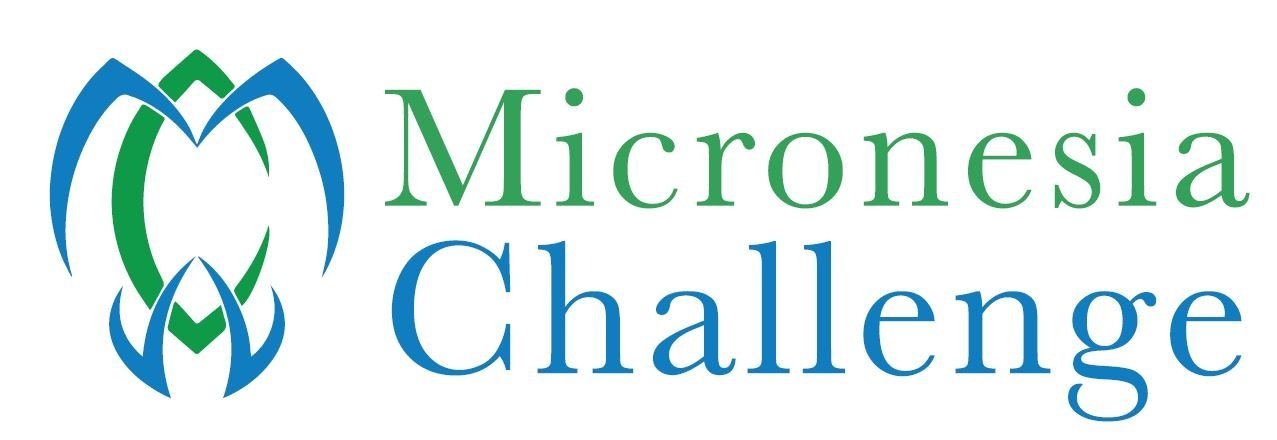What is the MC2030?
During the 24th Micronesia Island Forum in 2019, the Leaders recognized the success in the first 15 years of the Micronesia Challenge and endorsed the new Micronesia Challenge 2030 goals to effectively manage 50% of marine resources, including the exclusive economic zone (EEZ), and 30% of terrestrial resources by 2030. The goal now also includes a larger voice for fisheries management, reducing invasive species, restoring habitats, increasing livelihood opportunities and reducing risks to communities from climate impact in Micronesia.
MC2030 - to effectively manage 50% of marine resources and 30% of terrestrial resources
This great endeavor comes from proven success of the original commitment to conserve 30% of near-shore marine resources and 20% of terrestrial resources. By the numbers, the Micronesia Challenge Jurisdictions have achieved the following:
6.7 million: area in square kilometers of the Pacific ocean. The Challenge represents more than 20% of the Pacific Island region and 5% of the largest ocean in the world.
66: number of species in Micronesia recorded on the IUCN Red List
1,300: species of fish living in the waters of Micronesia
483: species of corals (60% of all known corals)
1400: species of plants (200 endemic)
85: species of birds (50% endemic)
104: number of the 218 recognized Endemic Bird Areas confined entirely to islands around the world.
$2 billion: annual net benefits to the Pacific from coral reefs
$800 million: benefits annually distributed across Micronesia from coral reefs
$12 million: initial funding goal for the Micronesia Challenge

